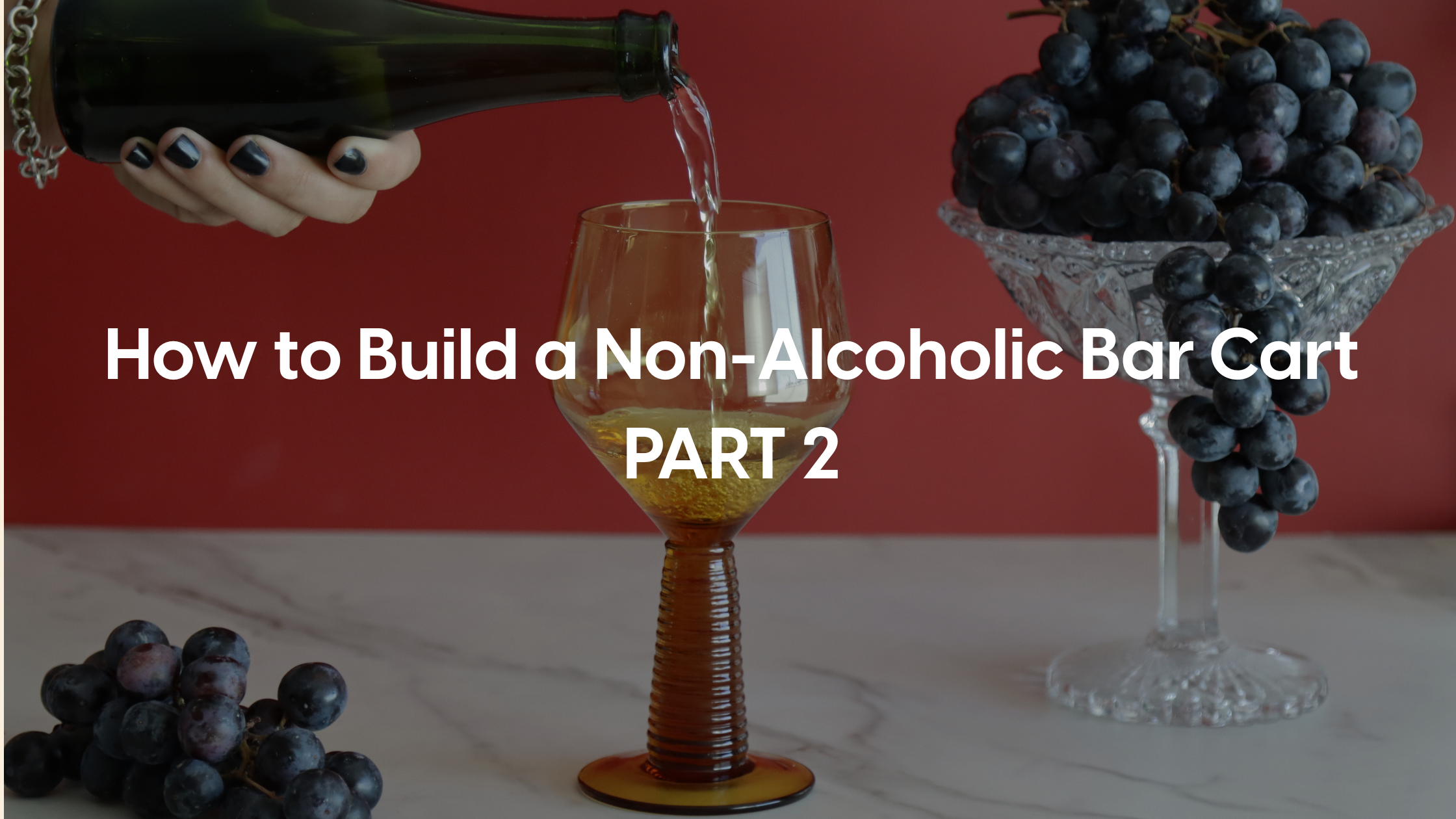When people think of pairing drinks with food, their mind often jumps to wine. But thoughtfully pairing non-alcoholic beverages with meals can be just intentional and pleasing to the palate.
As a holistic nutrition consultant and mocktail mixologist, I love crafting pairings that support wellness and flavor. Here are a few tips for pairing non-alcoholic drinks with food in a way that elevates an entire dining experience for you and your friends:
1. Balance Flavor Profiles:
A good pairing either complements or contrasts the flavors in a dish. Think about the basic taste elements: sweet, sour, bitter, salty, and umami.
- A slightly sweet coconut water infused mocktail can calm the heat of spicy Thai noodles.
- An acidic plum shrub or citrus-forward spritz can cut through the richness of creamy pasta.
Why it works: Our palates naturally seek balance. When one flavor is dominant (e.g. spicy, rich, or acidic), it can overwhelm other elements of a meal. Pairing a drink that counterbalances the dominant flavor can round out the overall experience and make each bite more enjoyable.
2. Match Intensity
Just like you wouldn’t pair a bold red wine with delicate sashimi, you want to match the intensity of your drink and dish.
- Light, herbal spritzes go beautifully with salads or grilled fish.
- Richer drinks made with chai, smoked teas, or roasted ingredients can stand up to stews or grilled meats.
Why it works: If one element (food or drink) is too strong or too subtle, it can overwhelm the other. Matching intensity keeps both the drink and the dish in harmony, so neither gets lost.
3. Play with Texture
Texture is an underrated part of pairing. Carbonated drinks can cleanse the palate between bites of fried or fatty foods, while tannic beverages (like iced black tea or verjus-based drinks) offer grip and structure with savory dishes.
- Try a sparkling yuzu spritz with sushi or tempura
- Match a bold, tannic NA red wine (or tea-based wine proxies) with a lentil bolognese
Why it works: Texture affects how we feel flavor. A dish with creamy, fatty, or dense texture can coat the palate. Drinks with bubbles, acidity, or astringency (like tannins) provide contrast. They “scrub” the tongue and reset your palate between bites.
4. Consider Digestion
As a holistic nutrition consultant, I also love thinking about how drinks can support digestion
- Fermented drinks like kombucha, kefir or kvass can provide beneficial probiotics to support gut health.
- Bitter herbs in aperitifs and bitters can help to stimulate digestion.
Why it works: From a nutrition perspective, pairing drinks that offer digestive benefits enhances not just taste but how the meal feels in your body.
5. Seasonal Pairings
The time of year and the climate can guide you too!
- In summer, go for refreshing, chilled drinks that incorporate fresh, seasonal produce.
- In winter, warm spiced teas or golden lattes bring comfort to root veggies and roasted mains.
Why it works: Our bodies, and cravings, respond to temperature and climate. A warm drink in winter can enhance cozy dishes and slow digestion for comfort. A cold, crisp beverage in summer helps cool the body and complements fresh, raw, or grilled foods. Also, some flavor molecules are more aromatic or pleasant at certain temperatures (e.g. spices bloom when warm, while citrus pops when chilled).
Final Sip
Non-alcoholic pairings aren't just an alternative. They're an opportunity to add creativity and depth to your table. I hope these tips guide you on your next food and drink adventure, whether you're hosting friends at home or deciding what to order at a restaurant.










